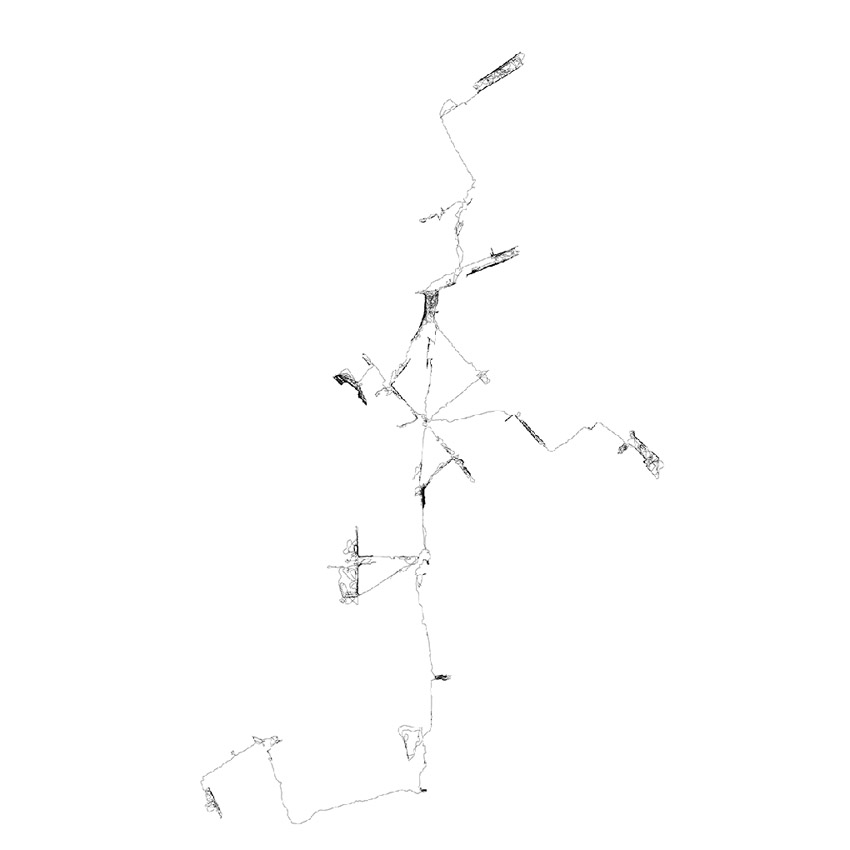http://www.chrisharrison.net/index.php/Visualizations/ColorFlower
I was in Chris Harrison’s class, designing human centered software, last semester and he does many interesting and innovative projects that I find very valuable. One of my favorite information visualization project he did is the “color flower”, because even with such large amount of data, the visualization of the data is really easy to understand, and also the patterns and position of colors really create a theme that fits well with color. Chris is a very brilliant engineer and designer, that I think there are many things we can learn from him in both technical and design thinking process.
![[OLD FALL 2019] 15-104 • Introduction to Computing for Creative Practice](../../wp-content/uploads/2020/08/stop-banner.png)















